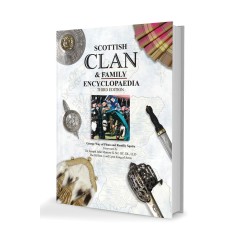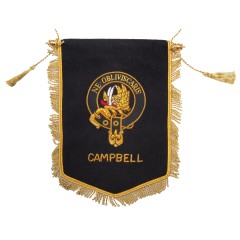-
Kilts
- Jackets
-
Sporrans
Dress Sporrans are the most formal and eye-catching type of civilian sporra..The trusty 'all-rounder': not as informal as the Day Sporran, not as formal..The Day Sporran is a trusty, durable everyday accessory for your Highlandwe..Here you'll find quality sporran accessories and spares. Spruce up your out..
-
Women
Whether you’re heading out for a brisk evening walk or attending a sophist..Crafted with meticulous attention to detail, our waistcoat will feature yo..St Kilda’s Tweed blazers and waistcoats are meticulously handcrafted in Sc..Looking for a practical bag that also celebrates your Scottish heritage? S..
-
Accessories
Here you will find buttons and swatches. We recommend swatches as the best..Here you will find the essential Hangers, Bags and Carriers for storing and..
-
Gifts
Celtic artists from Scotland and Ireland have left a legacy which has endu..
- Clan
-
Clearance
No waiting - all these hand-made sporrans are made up and ready to go. All ..
Scottish Kirkyard Carvings
Our Autumn 2020 range of kilt pins, just in time for Hallowe’en, celebrates the wonderful and unique Scottish art found on seventeenth century tombs.
After the Reformation of 1560, imagery within Kirks was banned and worship transformed from rituals based on sense and images, to worship centred on the words and on sermons. Although there would be some push-back, the Kirk was determined to rid their buildings of anything that would distract from the services. However, after the 1610s, while the kirks became bare, the kirkyards started to come alive.
Individuals would pay local stonemasons to add simple icons to the family tombstones, sometimes metaphors for the souls of the departed, such as hourglasses or winged heads; sometimes symbols of the person’s profession, such as shears or hammers or sythes; to warnings for others about the uncertainty of death the momento mori of skull and crossbones or full skeletons. As the century went on, this carving tradition became more and more elaborate and the symbols more varied. In more prosperous times even relatively humble folk were able to commission stones with the odd piece of iconography.
This Scottish tradition would be exported to the New World; Scottish communities in North America set up elaborate carved stones in their churchyards in the same style.
The tradition started to die out in the later the eighteenth century, when more uniform and restrained tastes took hold. Tastes for all things ancient Greek or Roman led to a rejection of what were deemed crude and homespun carving. Even though the tradition held on for a while, it was killed completely in he nineteenth century, when mass-produced, machine-carved tombstones replaced the individually unique stones of the previous centuries.
If you want to know more, the books of Betty Willsher are the perfect place to start on learning more about these amazing yet mostly unknown pieces of Scottish Art.
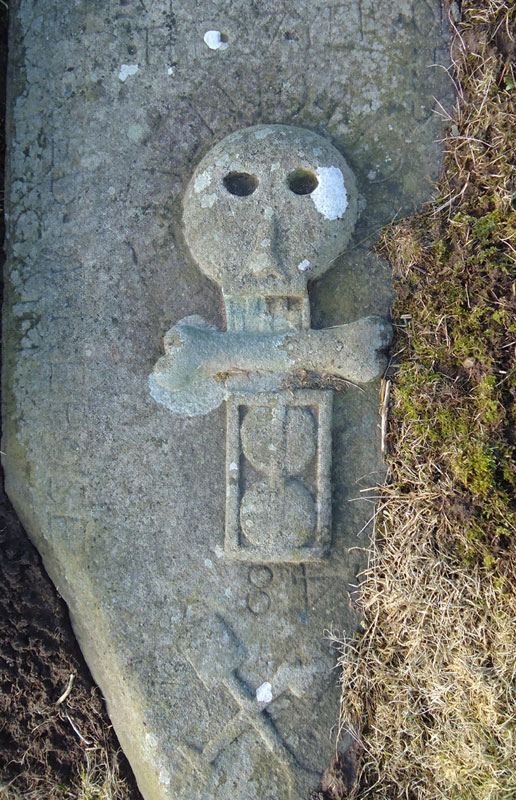
An early tombstone from Fetteresso Old Kirk, showing Skull, bone, hourglass and crossed axe and spade.
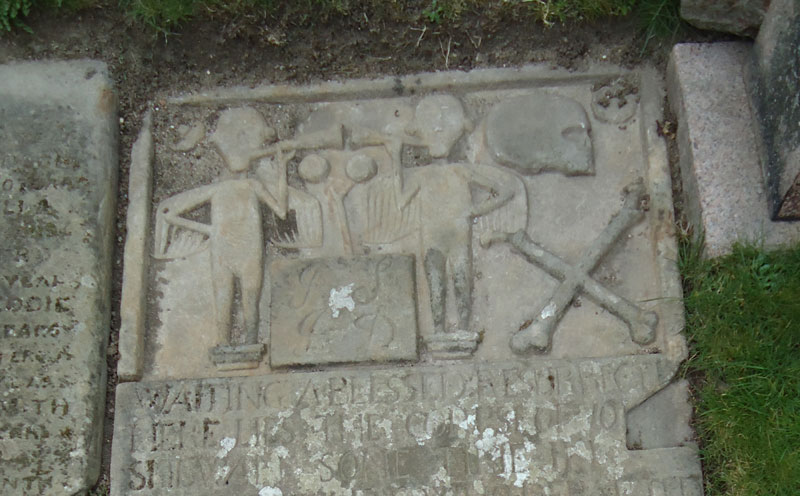
A tombstone at Longside Old Kirk, this one showing two angels and the skull and crossbones.
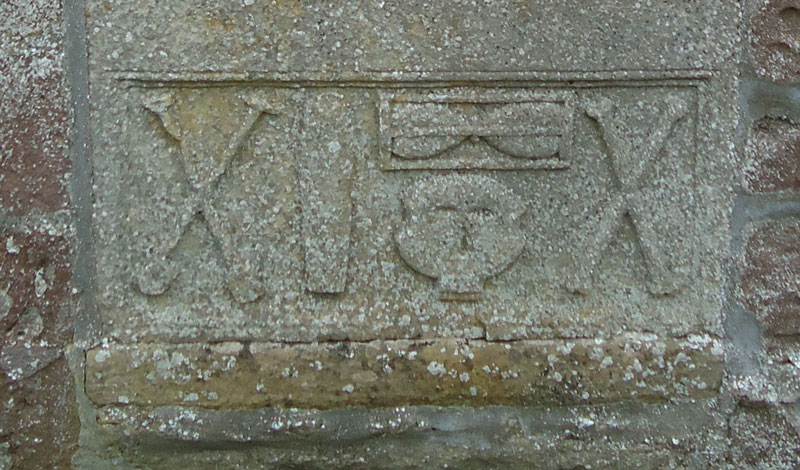
A wall tomb from Longside Old Kik, showing cross spades, coffin, hourglass, skull and crossbones
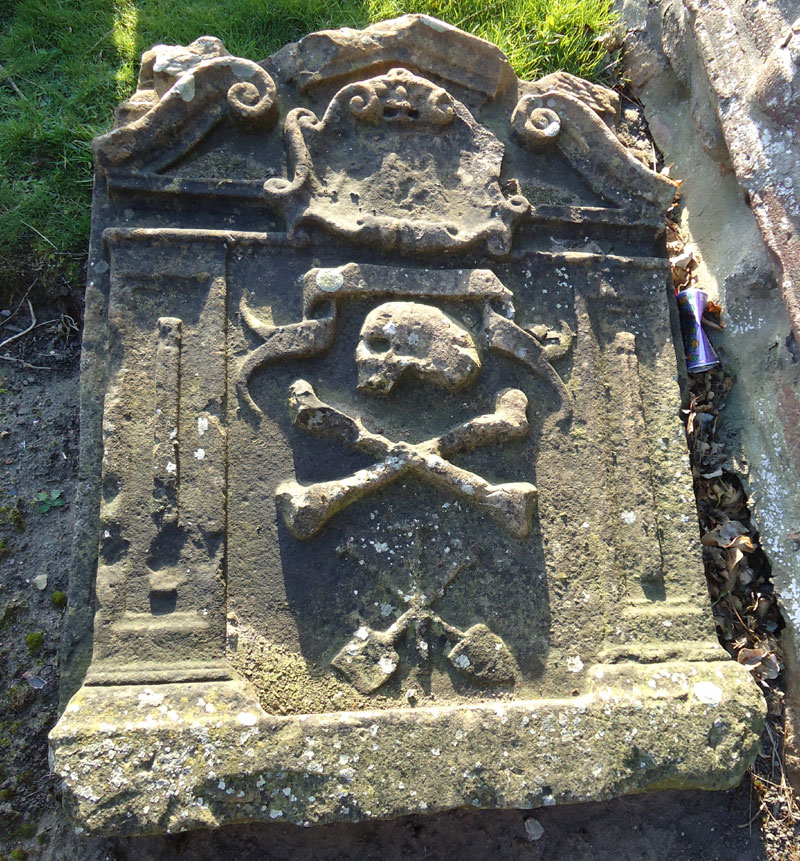
A later standing tombstone from Peterhead Old Kirk, showing skull and crossbones, and crossed spade and shovel.

A mural tombstone from St Machar's Cathedral in Aberdeen - King Death drawing a veil over life.







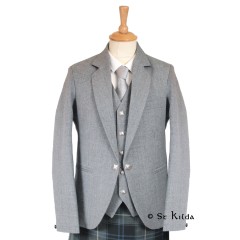













-240x240w.jpg)
















